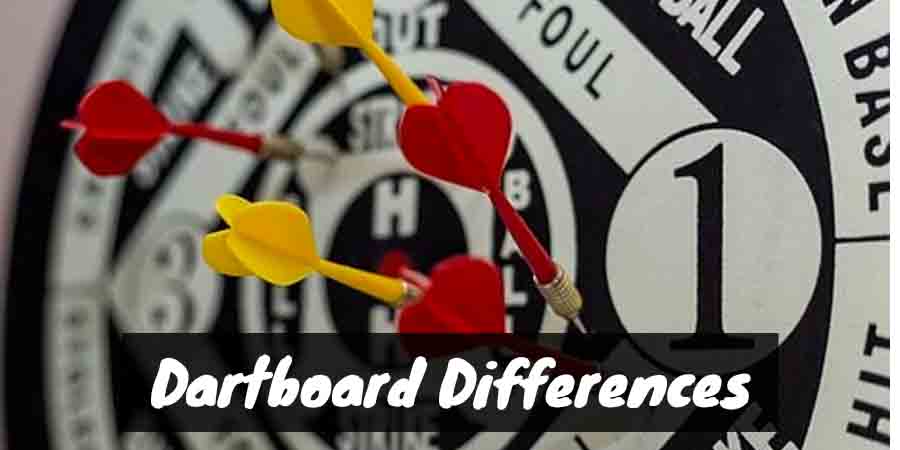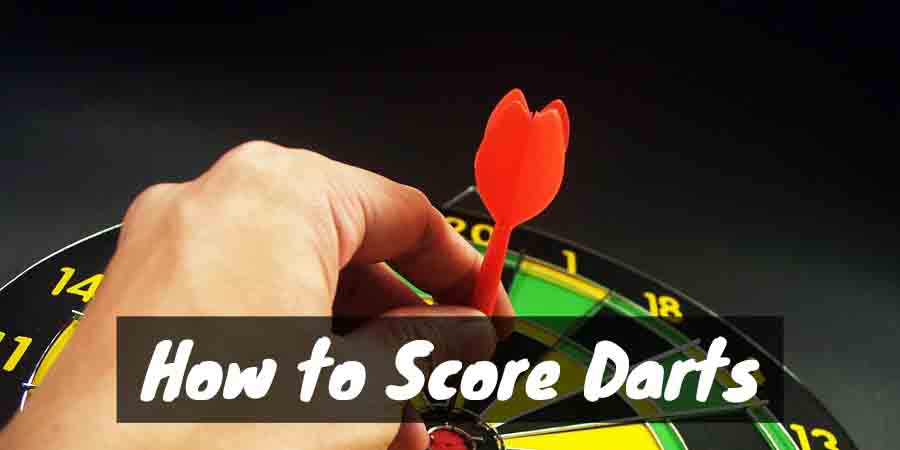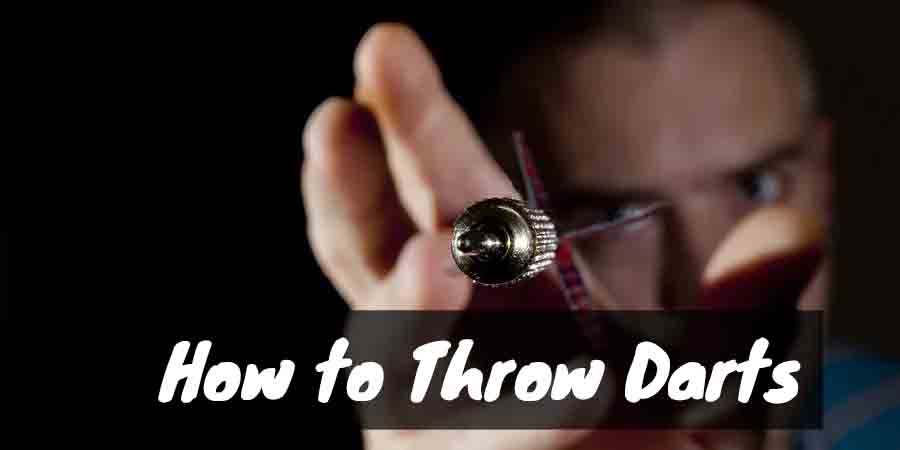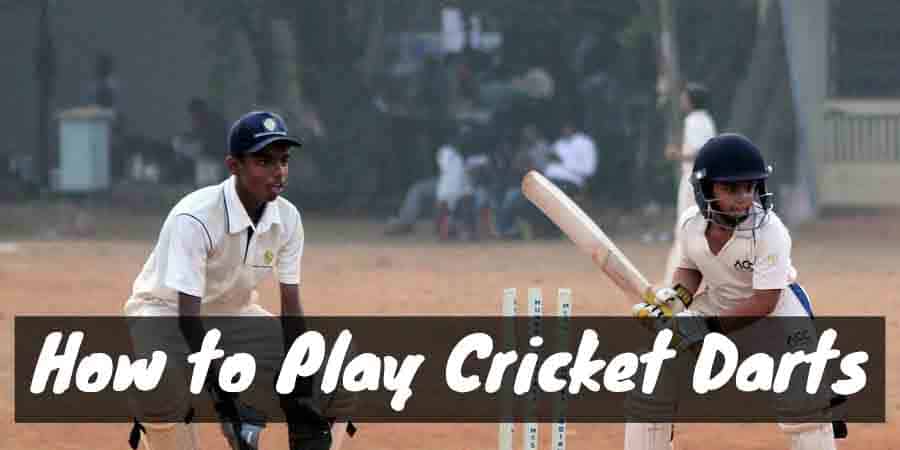If you’re just starting out with darts, then you may wonder what kind of dartboard you should use. Of the three main types—steel-tipped, electronic, and online—here are a few differences to ensure that you procure the right one for you.
1. Steel-Tipped Dartboards
For professionals, the only kind of dart that they typically play with is steel-tipped darts. They balance easily and they embed well into the board. However, you need the right kind of dartboard if you intend to use steel-tipped darts.
A dartboard that’s made of a thick bristle is the best choice in this instance. Dartboards made for steel-tipped darts should have dense sisal. Sisal is what gives the board its thick bristle and allows the darts to embed into the board instead of bouncing off of it.
You can also expect higher durability with dartboards that have dense sisal. Considering that you’re using steel-tipped darts to pierce into its surface, durability is extremely important if you want your board to last.
That’s a key difference between this board and electronic or online boards. They have a longer lifespan and show damage less easily.
Unfortunately, high-quality steel-tipped dartboards tend to cost more than other variations of dartboards. The denser the sisal is, the more expensive the board becomes.
Bristle dartboards also have spiders, or wires, that run across the surface. These wires help separate the segments on the board. They’re usually made of metal or some other strong material. Online and electronic dartboards don’t always have metal wires across their boards.
One last note about bristle boards for steel-tipped darts is that they don’t do well with plastic or soft-tipped darts. The plastic is unable to embed into the bristle as easily as steel-tipped ones. As a result, you may want to use your plastic darts on an electric board.
Revealing the Difference Between a Retro Dart Board and a Modern One (Video)
2. Electronic Dartboards
Whereas bristle boards are traditionally used in dart games, an electronic dartboard has become a fast favorite for many casual players. Electronic dartboards take a lot of the math and confusion out of the game. It has sensors that run along its surface to detect when it’s struck.
This makes playing darts with soft tips beneficial because even if the dart bounces off of the board, it will still be able to sense where the dart struck it. With bristle boards, bounced darts don’t usually count because no one can tell where they struck the board for certain.
An electronic dartboard completely removes that uncertainty.
Most electronic boards will also keep your score for you. The more expensive boards can split up the scores into teams and keep a tally of who is in the lead, how many points are scored, and whose turn it is. This removes the need for a scorekeeper or a notepad that’s used with a bristle dartboard.
One downfall of the electronic dartboard is that it isn’t as durable as the bristle or online dartboard. Because it contains delicate machinery beneath its surface, if a dart hits the surface too hard, it might damage the sensor or other pieces of machinery. Steel-tipped darts are not recommended to be used with this dartboard.
It also means that it can’t be used just anywhere. The board needs to be plugged in or have working batteries in order to function. This might limit the number of times you can play as well as where you play.
Electronic dartboards are great for beginners, children, or for casual players. The use of soft-tipped darts also means that using an electronic dartboard can be a bit cheaper than if you were to use a bristle board with steel-tipped darts.
3. Online Dartboard
The final kind of dartboard that you might want to use for your game is an online one. You might consider an online board a subset of the electronic dartboard. The key difference is that an online dartboard allows you to link up with other players all across the world.
Either through Bluetooth, an app, or just through the software installed on the board, you can connect with your friends or other players anytime you want. Whenever you strike the board, it tells them where you hit and how many points you earned.
The same goes for your friends. Whenever they score, it tells you on your board how many points they earned.
Aside from its unique technology, the online dartboard is basically the same as the electronic version. It’s best used with soft-tipped darts and can wear down over time. You’re also dependent on a power source.
Because many of the boards are Bluetooth enabled or require WIFI, you also have to be able to play in an area that has the Internet.
While the bristle board may use a few different colors outside of the traditional ones–red, green, and white–an online dartboard can become quite flashy. You can have LED lights installed into the board to let it glow colorfully.
Whereas a bristle board is a great choice for serious players or for those in the same room, an online dartboard is a great choice for those who live too far from their friends for a regular game of darts.
For those who are looking to become professional or serious dart players, then you may want to opt for the bristle board. If you tend to be a more casual player or you have children at home, then an electronic or online dartboard might be the best choice for you.
Consider your needs for durability, whether or not bouncing concerns you, and if you prefer to play with your friends in person or from far away to make your decision on which dartboard best suits your needs.





What a fantastic post!
I am planning to buy my first dartboard and I just want to tell you that your guide helped me a lot.
Really, Charles, you’re doing a great job. Just keep it up!